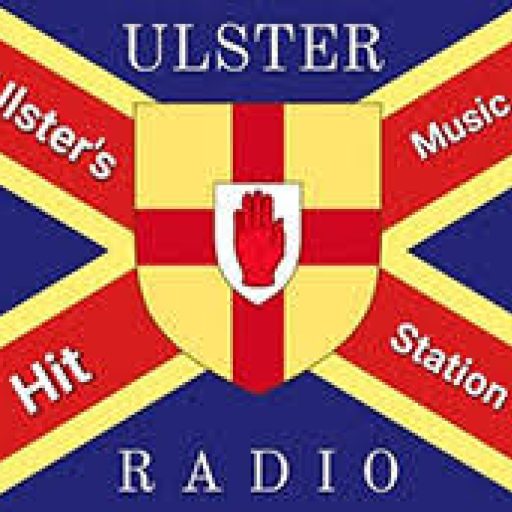Home
Ulster (/ˈʌlstər/; Irish: Ulaidh [ˈʊlˠiː, ˈʊlˠə] or Cúige Uladh [ˌkuːɟə ˈʊlˠə, – ˈʊlˠuː]; Ulster Scots: Ulstèr[6][7][8] or Ulster)[9][10][11] is one of the four traditional or historic Irish provinces. It is made up of nine counties: six of these constitute Northern Ireland (a part of the United Kingdom); the remaining three are in the Republic of Ireland.
majorities. Sinn Féin candidates ran unopposed in Cavan. Fermanagh and Tyrone had Sinn Féin/Nationalist Party (Irish Parliamentary Party) majorities. The other four Counties of Ulster had Unionist Party majorities.[13] The home rule crisis and the subsequent Irish War of Independence led to the partition of Ireland under the Government of Ireland Act 1920. Six Ulster counties became Northern Ireland, a self-governing territory within the United Kingdom, while the rest of Ireland became the Irish Free State, now the Republic of Ireland.The term Ulster has no official function for local government purposes in either state. However, for the purposes of ISO 3166-2:IE, Ulster is used to refer to the three counties of Cavan, Donegal and Monaghan only, which are given country sub-division code “IE-U”.[14] The name is also used by various organisations such as cultural and sporting bodies.
